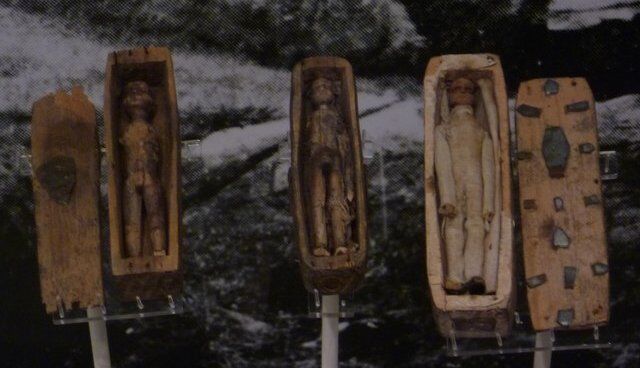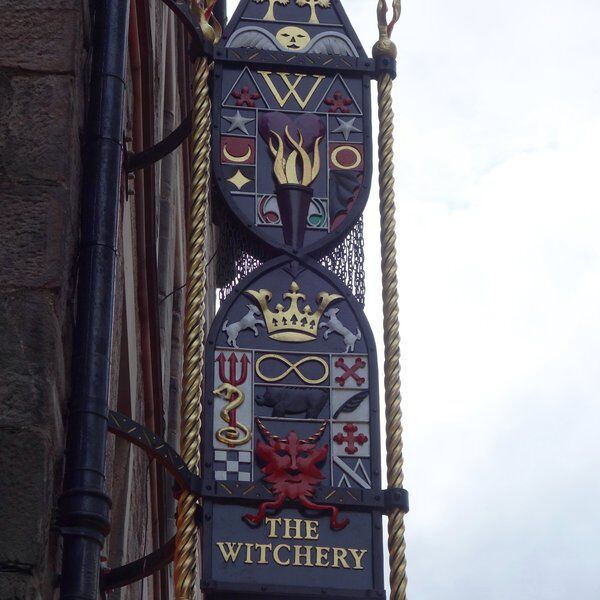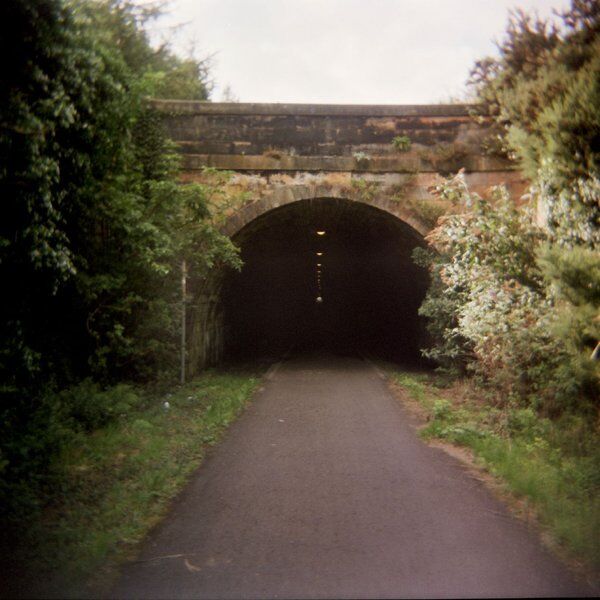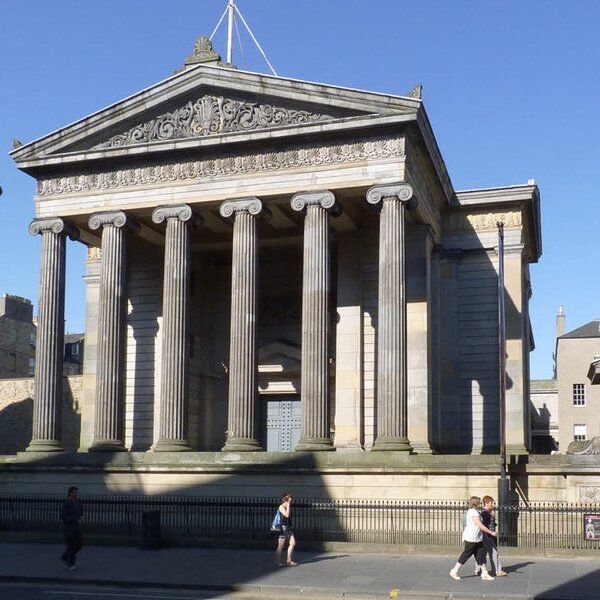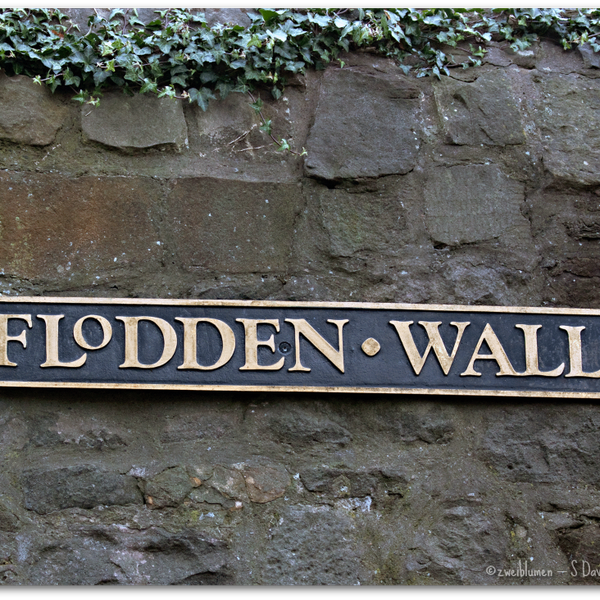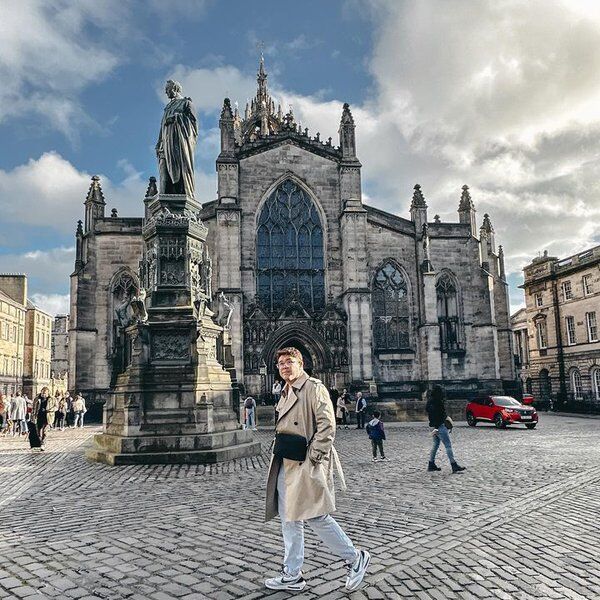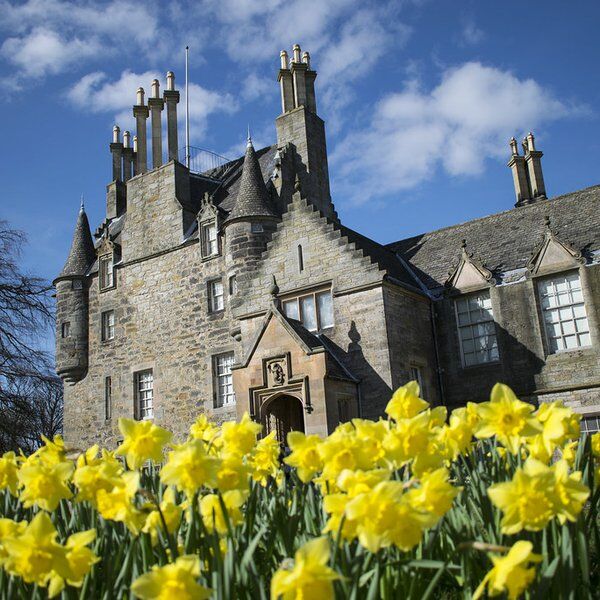In June 1836, a group of boys stumbled across 17 strange dolls in Edinburgh’s Holyrood Park. The Burke and Hare murder dolls.
The reason the dolls are called this? They had been modified to look like the victims of Edinburgh’s most famous serial killers: Burke and Hare.
"Up the close and doun the stair, But and ben wi' Burke and Hare. Burke's the butcher, Hare's the thief, Knox's the boy who buys the beef."
Burke And Hare
Burke and Hare were two Irish immigrants living together in Hare’s Edinburgh lodging house. In 1827, another of Hare’s lodgers died of dropsy. Hare consulted Burke as to what to do with the body. The conclusion?
Sell it, of course!
Corpse Shortages
Early 18th Century Edinburgh was a hub for anatomical science. It boasted several pioneering surgeons, all of them eager to advance their field. There was a problem, however.
A lack of corpses to experiment on.
To develop new treatments and surgeries they needed subjects to dissect. Unfortunately, Edinburgh had strict laws as to which bodies could and couldn’t be experimented on. Suicide victims were fine, orphans and inmates too. Everyone else, however, was strictly off limits.
So the law said, at least.
Resurrection Men
The high demand for corpses was a business opportunity waiting to be seized upon. Soon, a shady new industry was born: body-snatching.
Body snatchers or ‘Resurrectionists’ would break into graveyards at the dead of night and dig up fresh corpses. These would then be sold to one or other of the city’s anatomists for a hefty fee.
Some of the corpses sold, however, that were not dug out of the ground.
Seven Pounds Of Flesh
After Hare’s tenant dropped dead, he and Burke sold the corpse to a local anatomist, Knox, for the princely sum of seven pounds and ten shillings. Their body selling exploits did not stop there, however.
They had now gotten a taste for the money they could make.
Knox’s assistants told them that they’d be eager to do further business in the future. As it turned out, Burke and Hare were eager too.
Deadly Tenancies
Over the next ten months, the duo killed a total of 16 people. Their preferred method was to wait until a lodger fell ill or passed out drunk and then smother them with pillows.
Knox purchased these corpses without question, but Burke and Hare grew sloppy. Their final victim was discovered by another guest and they were arrested shortly after.
Guilty But Acquitted
During the trial that followed, Hare struck a deal with the prosecution: turn in Burke and receive an acquittal. He did this, then fled the country.
Burke, meanwhile, was sentenced to death by hanging.
“Your body should be publicly dissected and anatomized. And I trust, that if it is ever customary to preserve skeletons, yours will be preserved, in order that posterity may keep in remembrance your atrocious crimes”
An Ironic Fate
The real winners in all this were the anatomists.
As a criminal, Burke’s body could legally be dissected for the purposes of medical science. His skeleton is still displayed today in the Edinburgh Medical School. And a book bound with his tanned skin can be found in the Surgeons Hall Museum, alongside his death mask.
The Burke And Hare Murder Dolls
Back to 1836, when the strange effigies of Burke and Hare’s victims were discovered: the Burke and Hare murder dolls.
Seven years had passed since Burke’s execution. The case was no longer in the public eye. What were these bizarre dolls? People asked.
The question captured the public’s imagination. Witchcraft, some claimed, tributes to sailors, nothing but children’s toys. It took some time for people to notice the resemblance to Burke and Hare's victims.
An Unsolved Mystery
Although we now know who the Burke and Hare murder dolls represent, it remains unclear who made them and for what purpose.
Were they produced by Burke? Did Hare make them after his accomplice’s execution? Perhaps they were the crafted by a twisted fan, a true crime obsessive of the Victorian era. We can only speculate.
The Burke And Hare Murder Dolls On Display
Eight of the dolls can be seen today on display at the National Gallery of Scotland.

Interested in finding more places like this? Try one of our Treasure Hunts in Edinburgh - untangle cryptic clues as a team, as you are taken on a journey to the most unique, unusual and bizarre corners of Edinburgh.
Alternately, read more about strange, unusual and quirky places in Scotland in our blog.
